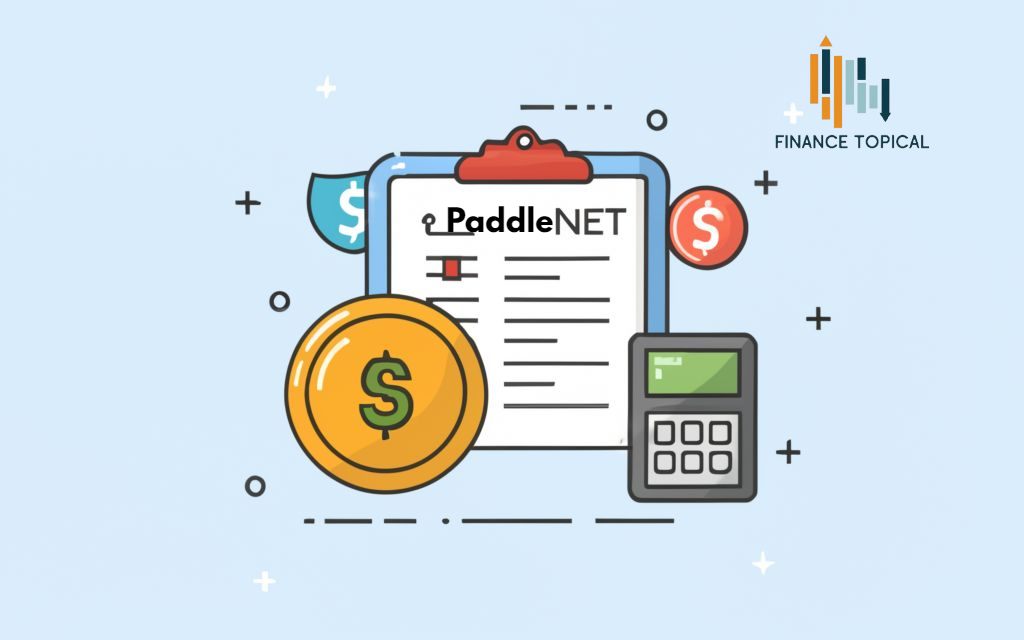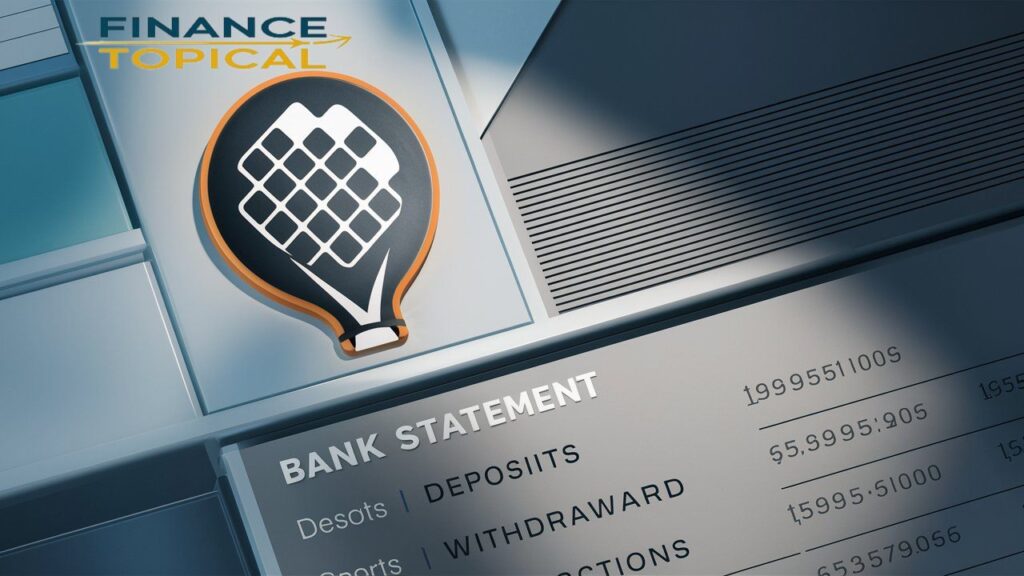Have you ever noticed an unfamiliar “Paddle net” charge on your bank or credit card statement? At first glance, it can be confusing – who is Paddle and why are they charging me? This blog post will explain exactly what that charge means, why Paddle facilitates payments instead of the actual company, and what to do if you don’t recognize a transaction.
Paddle Acts As A Global Payment Processor
Paddle is a company that offers an end-to-end payment platform and merchant of record services for Software Companies, SaaS platforms, and other digital products. Rather than handling global payments, taxes, and compliance on their own, many technology companies leverage Paddle’s infrastructure and developers to:
- Sell software products or subscriptions in 200+ countries
- Accept payments in over 140 currencies
- Streamline VAT, GST, sales tax, and more
So in short – Paddle facilitates transactions behind the scenes when you purchase access to digital products or services.
Let’s walk through what exactly those charges mean and why you might see recurring ones.
What The Paddle Charge Represents
When you notice a Paddle.Net charge on your bank or credit card statement, it indicates that you paid for access to a software, app, or digital service by making either:
- A one-time purchase
- An ongoing subscription payment

Paddle processed the transaction on behalf of the merchant and facilitated the payment from your account into the company’s account.
Learn more about What is Comn Cap APY F1 Charge On Bank Statement
Some examples of popular services leveraging Paddle’s payment platform include:
VPN Services
Virtual Private Network providers like NordVPN or ExpressVPN allow you to access content securely and privately. You may see Paddle charges for:
- Initial VPN license purchase
- 1-year, 2-year, or longer subscription plans
- Auto-renewals when a subscription term expires
So that $49.99 or $99.99 charge would represent accessing NordVPN or ExpressVPN for the subscribed period.
Read this post if you see UK Regulated Charge on Your Bank Statement
Password Managers
Services like 1Password and LastPass provide password storage, auto-fill, and security. Paddle charges could be for:
- Perpetual license of 1Password for a one-time fee
- Monthly or yearly subscriptions to LastPass
- Family plan upgrades to share with other households
So that recurring $2.99 or $36.00 charge would allow you to use these password managers for secure access.
Antivirus & Security Software
Top antivirus companies like Avast, AVG, and McAfee leverage Paddle too. You may see charges for:
- Annual individual antivirus suite subscriptions
- Multi-device family package options
- Auto-renewals when your subscription term expires
So that $59.99 or $99.99 charge would represent protecting your devices with antivirus software for 1 year or longer.
Read this post if you have seen FID BKG SVC LLC Charge on Your Bank Statement
And Many More…
Various apps, online course creators, meditation platforms, and other digital services utilize Paddle for payment management too.
Whenever you notice that Paddle net charge, it means you successfully purchased access to one of these providers’ apps, software, or subscription offerings.

Why Paddle Charges Instead Of The Company
You might be wondering – if I bought a Calm app subscription for example, why does my statement show Paddle instead of Calm?
As a payment facilitator, Paddle handles the entire transaction process on behalf of companies selling digital goods and subscriptions. Here are some key reasons why:
- Global payments – Paddle accepts payments from 200+ countries in 140+ local currencies. This complexity would be very difficult for individual companies to manage on their own.
- Taxes & compliance – Paddle handles VAT, GST, sales tax calculations and reporting across jurisdictions. Again extremely complex, especially for global companies.
- Infrastructure – Developing an in-house payment platform requires significant technology investment and specialized resources. It’s typically more cost effective to leverage Paddle’s infrastructure.
- Recurring billing – For subscription businesses, Paddle manages the recurring charges, failed payments, payment methods etc. on behalf of the company.
- Support – Paddle provides customer support resources for payment-related questions. This allows the company to focus on product support itself.
By leveraging Paddle as a payment facilitator, companies can streamline global transactions and focus on their core offerings – rather than building intricate payment operations.
So in summary, you’ll see a Paddle charge because they are processing the transaction for your digital purchase end-to-end. The charge amount goes directly to Paddle, who then pays the software company after retaining a small processing fee.
Read this post if you see MGP*Vinted Charge on Your Bank Statement
What If I Don’t Recognize The Paddle Charge?
Sometimes you may notice a Paddle Net transaction on your statement but can’t figure out what product or subscription it was for. When this happens, a few things you can do:
- Check your Paddle account – You should have received a Paddle order confirmation email which allows you to sign-in and view transaction details. Match those up with the statement charge.
- Search emails around that date – There may be a separate merchant order confirmation email from the company detailing your purchase.
- Contact Paddle support – You can reach out to Paddle directly via live chat or email if still unsure. Their team can look up the charge details via your receipt ID.
- Ask the merchant – Armed with the charge date/amount, the original software company can also look up your transaction.
Between these options, you should be able to identify the product or service associated with any unknown Paddle charges that appear.
Read this post if you see VIOC Charge on Your Bank Statement
Other Details On Paddle Statements
Here are a few other things to note when reviewing Paddle charges:
- One-time vs recurring – A single charge likely represents a one-off software purchase, while regular repeating charges indicate an ongoing subscription.
- Currency & conversions – Paddle will process the charge in your local currency. So conversion rates come into play, which vary day-to-day.
- Taxes & fees – Certain jurisdictions have digital taxes and fees (like VAT in Europe) that may be included in your Paddle charge.
To break it down:
| Charge Type | Example |
|---|---|
| One-time | $49.99 for a perpetual NordVPN license purchase |
| Recurring | $8.99 monthly for a Calm app subscription |
So keep these factors in mind as charges can vary across transactions.
Final Words
When you notice an unfamiliar Paddle net charge on your credit card or bank account ledger, it represents a payment for access to a software service, app or digital offering. As a global payment processor, Paddle facilitates transactions behind the scenes on behalf of technology companies worldwide.
The charge amount goes to Paddle directly in order for them to process the payment, manage taxes and compliance, and send the remainder to the software company. So rather than building their own payment infrastructure, many businesses leverage Paddle’s platform for simplicity and scale.
Hopefully this clears up that confusing Paddle charge you may see! But if you ever have questions on an unknown transaction, you can contact Paddle or the merchant directly for clarification. Their customer service teams are always happy to help identify the related purchase.

Daniel, a seasoned professional with over 5 years of experience in banking, property, and finance, brings a wealth of expertise to the table. This authoritative blog is meticulously curated to provide you with the most up-to-date financial insights. Delving into the dynamic realms of banking and mortgages, Daniel’s passion for finances shines through every post.










